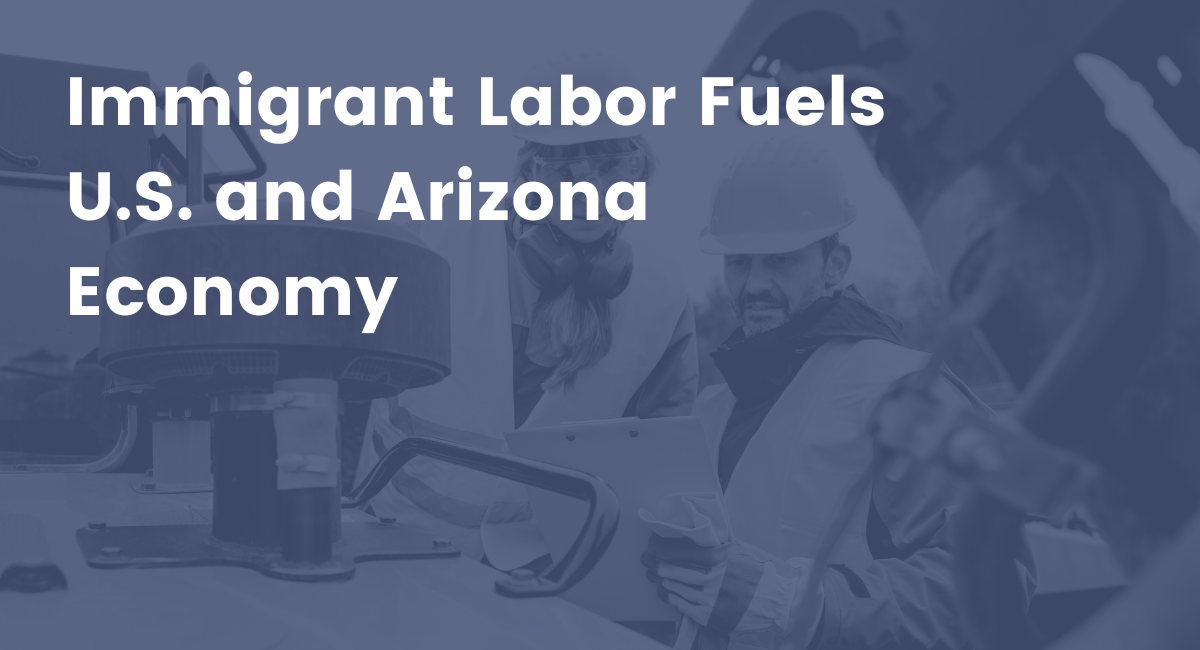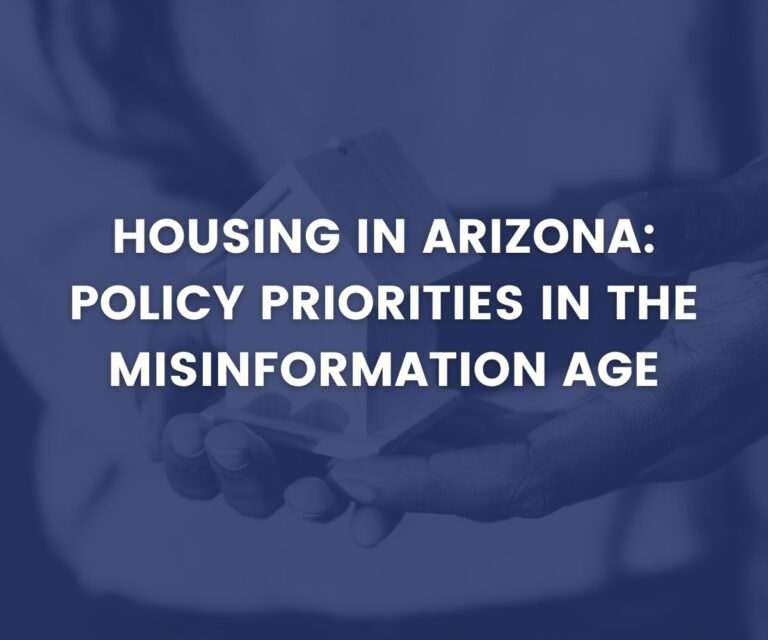
Immigrant Labor Fuels U.S. and Arizona Economy
Immigrants have been an integral part of the U.S. economy since our country’s inception. From entrepreneurs to laborers, immigrants continue to shape how we grow and develop as a nation in countless ways. This is especially true when it comes to their contribution to the overall health of the U.S. economy. While immigration has become a contentious political topic in today's landscape, one cannot deny the positive economic ripple effects from immigrant population growth in America.
A new report from the Immigration Research Initiative, a nonpartisan think tank that focuses its research on immigration integration, found that immigrants contribute $3.3 trillion to the U.S. economy, even though they only make up 14 percent of the U.S. population. Immigrants represent 17 percent of the national labor force and 17 percent of the working-age population between the ages of 16 to 64. In Arizona, over 928,000 immigrants, representing 13 percent of the state’s population, contribute nearly $27.3 billion to the state’s economy each year through their earnings alone.¹
Far from taking jobs away from American citizens, immigrants often take on roles that many native-born Americans are unable or unwilling to fill—from milking cows and dishwashing jobs to fields like high-tech engineering and medicine. We must recognize the wide range of contributions these individuals make as essential workers throughout numerous industries—but immigrants remain overrepresented in lower paying positions in Arizona. Arizona immigrants represent 37 percent of workers in low-wage positions while workers born in the U.S. represent 24 percent of these workers. Immigrants also comprise 64 percent of middle and high-wage Arizona professionals while U.S. born workers represent 76 percent of middle and high- wage workers.
Although immigrants seem to be overcoming employment hurdles, earnings tend to differ between individuals of varying racial and ethnic backgrounds. Nationwide, White and Asian/Pacific Islander men, both U.S.-born (82 percent) and immigrants (84 percent), are the most likely to earn middle and upper wages. Meanwhile, Latinx² immigrants tend to face the greatest hardship. Just 58 percent of Latinx men and 42 percent of Latinx women born outside the United States make more than the national low-wage threshold of $35,000. The report further describes differences in earnings based on race and gender between immigrants and their U.S. born peers and which professions encompass low, middle, and upper wage occupations.
Contrary to popular belief, most immigrants are not coming here to take jobs away from U.S. citizens; in fact, their presence often creates economic opportunities for Americans and strengthens our economy as a whole.
See the full report here from our partners at the Immigration Research Initiative.
¹This figure was revised on October 6, 2023, after a discussion with IRI staff.
²The AZCenter uses the term “Latinx” to be consistent with the language in the Immigration Research Initiative’s report. We recognize that not all people in this community identify as Latinx.



